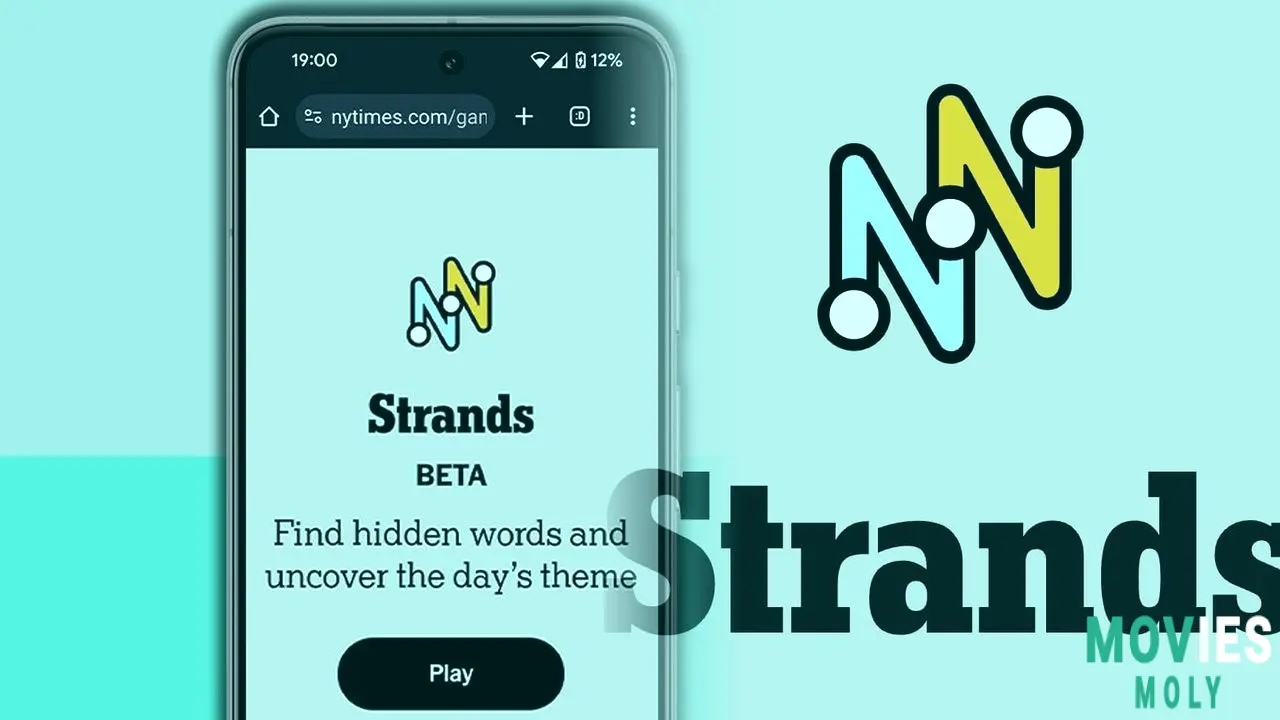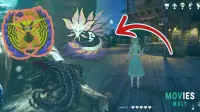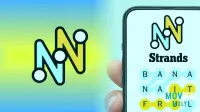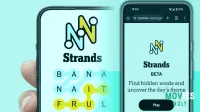If you are like me, you probably start your day with a cup of coffee and a dive into the daily puzzles from The New York Times. Today's Strands puzzle threw a fun curveball with its theme: "Monster Quest." This game is always a clever spin on classic word searches, making you think outside the box. It asks you to find hidden words that fit a specific theme, and there is always one special word, the "spangram," that sums up the whole puzzle and spans the grid.
I find Strands quite addictive. Unlike some other puzzles where you can fail, this one lets you keep guessing. You are only limited by your patience. Every letter in the grid is part of an answer. The challenge is figuring out not just what the words are, but also where they are hiding. For today's "Monster quest" theme, I had a few guesses in mind, like specific mythical creatures you might find on a big adventure. I also thought about words that mean "large quest" like "odyssey." Let's see what the game had in store for us.
Decoding Today's Monster Quest Strands Puzzle and Finding The Hidden SpangramUnmasking the Main Theme and All the Creatures Lurking in the Word Grid
The clue "Monster quest" can make you think in a few ways. Are we looking for words about monsters? Or are we looking for words that describe a journey to find monsters? Or maybe even something else entirely? This is the fun part of Strands. It gives you just enough to get started, but leaves the real thinking to you. As I started to look at the grid, I saw some letter patterns that got my brain working.
I spotted the word CRAWLER sitting right next to BIGFOOT. This was my first hint that the puzzle was not about a quest in the traditional sense, but more about the types of monsters. I was a bit surprised that CRAWLER was a theme word on its own, but it made sense once I understood the bigger picture. These are not your typical dragons or griffins but something a little more mysterious. It really made me think about cryptids.
And speaking of cryptids, that is exactly what the spangram was: CRYPTIDS. This word describes mythical or unverified species of animals. It spans across the entire game board. When you find the spangram, it highlights in yellow. This usually makes the rest of the puzzle much easier to finish. The spangram provides that clear direction for the remaining words. For me, seeing CRYPTIDS really cemented the theme and helped me focus my search for the other hidden words.
All the Answers From Today's NYT Strands Puzzle and How They Fit The Theme

Breaking Down Each Mysterious Creature You Might Find On This Word Search Journey
After finding CRYPTIDS, the rest of the words started to fall into place. The puzzle truly focused on specific mythical creatures that often appear in scary stories or local legends, rather than the more common fantasy monsters. These are the kinds of creatures you hear about around a campfire, not in a science class. Here is the full list of words I found in today's Strands puzzle:
- BIGFOOT
- CRAWLER
- JACKALOPE
- KRAKEN
- MOTHMAN
- YETI
I got BIGFOOT and YETI fairly quickly because they are widely known cryptids. JACKALOPE, the mythical rabbit with antlers, was a bit trickier for me to find even though I suspected it. MOTHMAN also took some time to locate within the jumbled letters. KRAKEN, the giant sea monster, was a fun one to find because it is such a classic tale. CRAWLER, as I mentioned, was a pleasant surprise. These words all fit the theme perfectly once you realize it is about these rumored, often strange, animals.
The cool thing about Strands is how the words can go in any direction. They can go up, down, left, right, or even diagonally. You only use each letter once. This makes it more challenging than a simple word search. When you correctly find a word, it lights up in blue. It is always a good feeling when you link those letters correctly and it snaps into place.
Tips For Solving Daily Strands Puzzles When You Get Stuck On a Tricky Grid

Strategies To Help You Uncover Hidden Words and Get Past Those Challenging Moments
Sometimes, a Strands puzzle can really stump you. If you find yourself in that spot, there are some helpful tricks to keep in mind. First, try saying the clue words out loud. Pause before and after each word. This helps your brain hear the words in context. The puzzle creators often group words together that are used in similar sayings. So, thinking about phrases can sometimes spark an idea.
Another tip is not to go for the most obvious grouping of letters right away. The people who make these puzzles are smart. They know what you might look for. Sometimes, the words you think should be together are not in the same category at all. If you are feeling completely lost, there is a "shuffle" button you can use. This will rearrange all the letters on the board, giving you a fresh look at the puzzle. A new arrangement might help you see words you missed before.
Also, try breaking down any compound words you see. Look for similarities in how words begin or end. For example, if the theme was about bands, and you saw "Rushmore," you might think of "Rush." Sometimes, a small part of a word can be a big hint for the overall theme. If you are really struggling, Strands offers a hint system. You can submit any non-theme words that are four letters or more. After you submit three of these, a "Hint" button appears. Clicking it will highlight the letters of one of the theme words for you. You still have to connect the letters in the right order to form the word. If you use another hint before solving the highlighted word, the exact order of the letters will be shown to you.
Why Strands Is Becoming A Popular Daily Puzzle And What Makes It So Engaging

Understanding The Appeal Of This Unique Word Search Game And Its Place Among Daily Challenges
Strands has quickly joined the ranks of other popular New York Times games like Wordle and Connections. Its unique twist on the classic word search keeps players coming back day after day. The game has a certain charm because it forces you to think differently. It is not just about finding words, but about understanding the hidden connection between them all. This added layer of mystery makes each puzzle feel like a mini investigation.
The fact that you cannot fail Strands is also a huge plus for many players. There is no time limit, and you can take as many guesses as you need. This removes the pressure often found in other games, allowing you to relax and truly enjoy the process of finding the words. It is a game that rewards patience and observation. When you finally connect all the letters and solve the puzzle, it feels very satisfying. All the letters on the board are used, leaving no blanks.
Once you solve the puzzle, the game shows you a shareable card. This card shows how you did that day. Blue dots mean theme words you found. A yellow dot means when you found the spangram. A lightbulb icon means words you got a hint for. It is a nice way to share your success with friends without giving away the answers. This social aspect adds another layer of fun to the daily puzzle ritual. Strands is a fresh and engaging game that continues to surprise me with its clever themes and challenging grids. I look forward to seeing what kind of monster, or other theme, it throws our way next.




